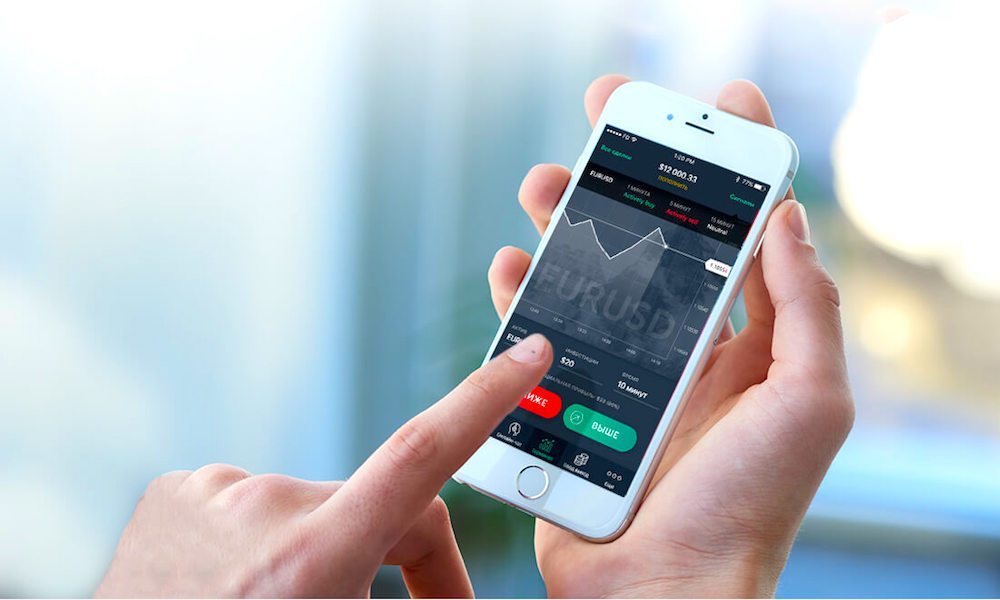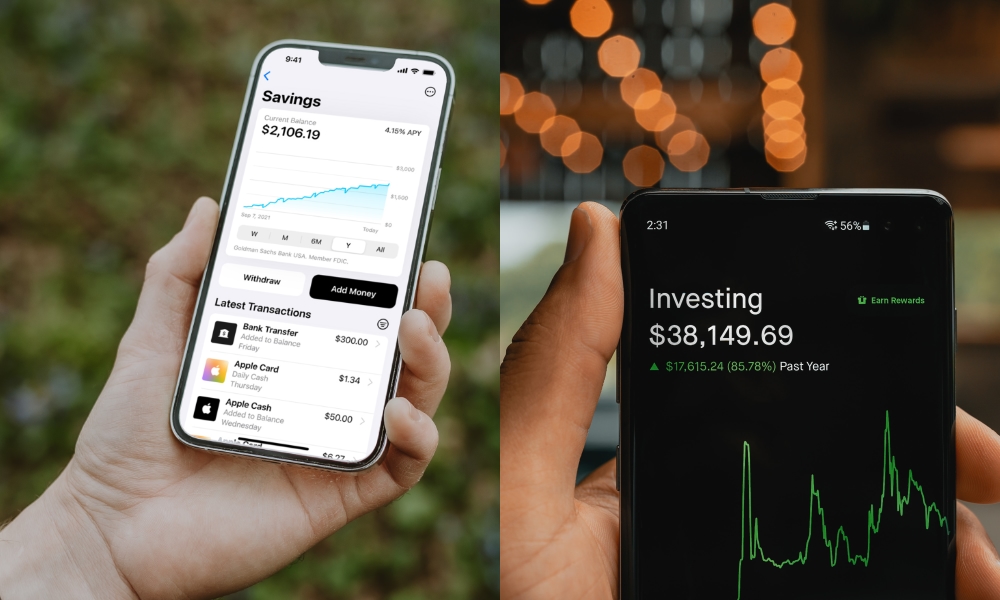Apple Almost Launched a Stock Trading Feature for the iPhone

Toggle Dark Mode
Following the successful launch of the Apple Card in 2019, Apple and Goldman Sachs were reportedly working to launch a Robinhood-like investment service for iPhone customers.
According to a report from CNBC earlier this week, the plan was to launch an iPhone feature, likely built into the Wallet app, that would allow users to buy and sell stocks. However, the project was shelved last year when the markets took a downturn.
The information comes from three sources familiar with the two firms’ plans, who suggested that this would have been another prong in Apple’s Financial Services strategy, joining the Apple Card, Apple Pay Later, and the Apple Savings Account.
While the stock-trading feature wasn’t on the radar when the Apple Card launched, Apple and Goldman began exploring the idea of the service during the uptake in popularity of day trading services at the start of the COVID-19 pandemic in 2020.
Apple was working on the investing feature at a time of zero interest rates during Covid, when consumers were stuck at home and spending more of their time and their record savings in trading shares, including meme stocks like GameStop and AMC from their smartphones.
CNBC
The new service was tentatively targeted for a 2022 rollout, with sources suggesting that it could have “involved the ability for iPhone users with extra cash to put money in Apple shares,” likely as an alternative to the high-yield savings account that launched earlier this year. However, that wasn’t even on the drawing board at the time.
However, as the world slowly recovered from the global health pandemic, interest rates and inflation both soared, and Apple executives realized that it would be a bad look for people to be using an iPhone to invest in volatile markets and potentially lose money.
Instead, Apple and Goldman pivoted to the Apple Card Savings account, which could guarantee higher rates. The new account was announced via press release in October 2022, likely not long after Apple put its investment service on the back burner. It launched to Apple Card customers in the US this past spring.
However, Apple may not have abandoned its plans entirely — it could just be waiting for the market to recover. One source told CNBC that the infrastructure for the service is “mostly built and ready to go,” but Apple may have to shop for a new business partner if it plans to resurrect the project.
As it stands, Goldman Sachs has reportedly been looking for a way out of its partnership with Apple, shopping the Apple Card business around to see if there are any other takers. However, this seems to be part of a larger push to get out of the consumer lending business; Goldman has also stopped issuing personal loans and has been divesting itself of other lending companies.
It’s also notable that Apple Pay Later, which offers short-term “buy-now-pay-later” loans, is backed by Apple Financing LLC, a wholly-owned subsidiary of Apple. Goldman is still involved, but only to provide access to the Mastercard network.
Despite this, there’s been no indication that Goldman plans to stop backing the Apple Card Savings Account or top taking consumer deposits for its own Marcus savings accounts. Since Goldman Sachs is primarily an investment bank, this leaves the possibility open that the two companies could still team up should Apple decide to move forward.
Still, as CNBC notes, Apple would be entering a highly competitive market, competing not only with Robinhood and other similar online trading services like SoFi and Block’s Square but also with traditional brokerage firms like Charles Schwab and Morgan Stanley’s E-Trade. Tighter integration with the iPhone and the Wallet app could help set Apple’s offering apart, much like it’s done with the Apple Card, but it might also invite the kind of regulatory scrutiny that’s much more common with investment services.







